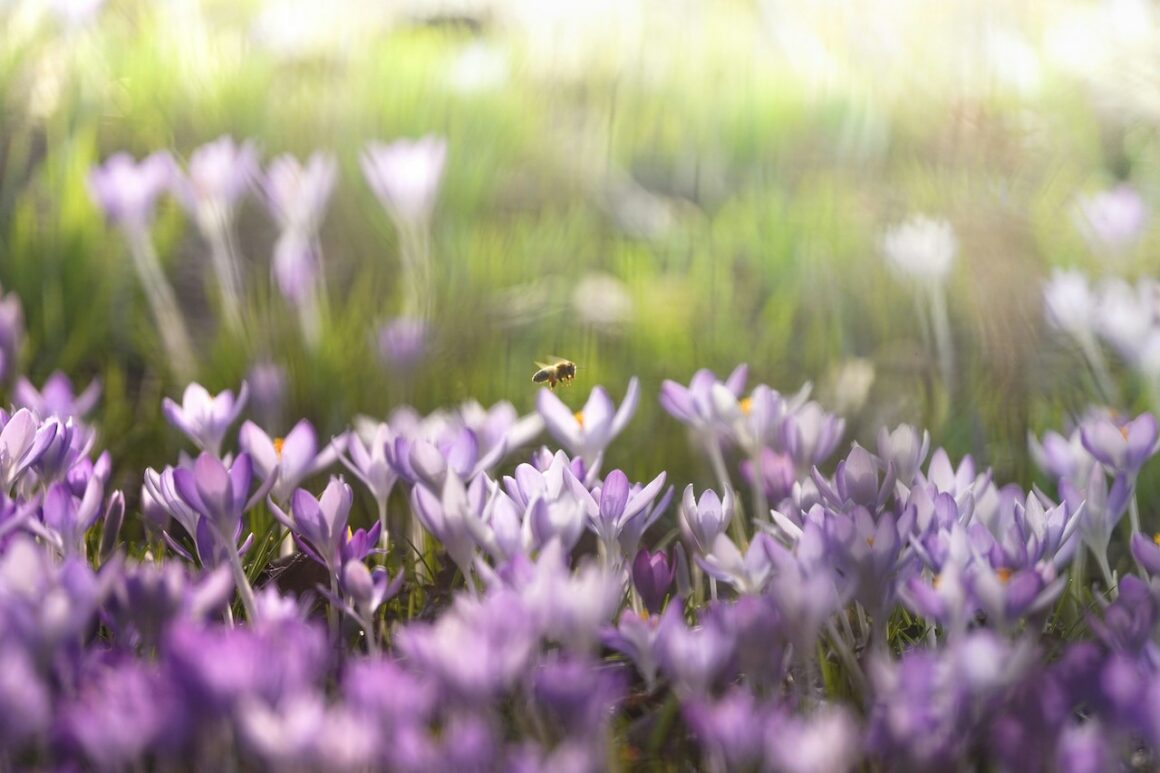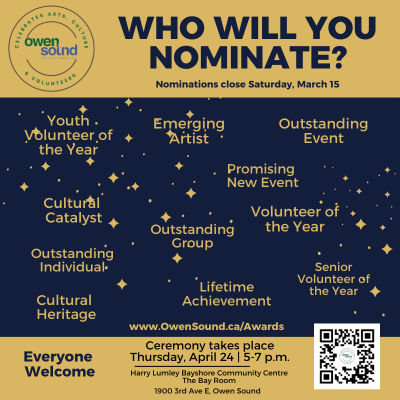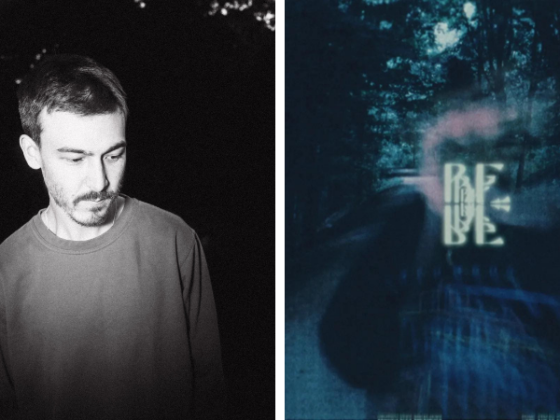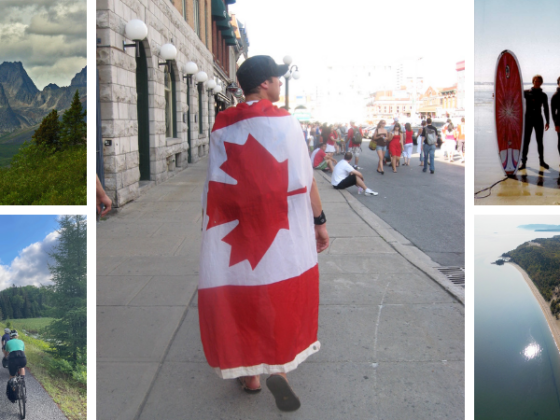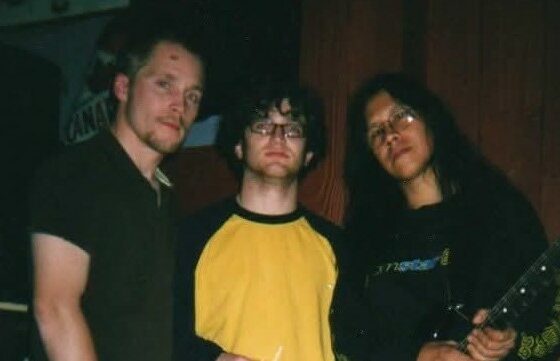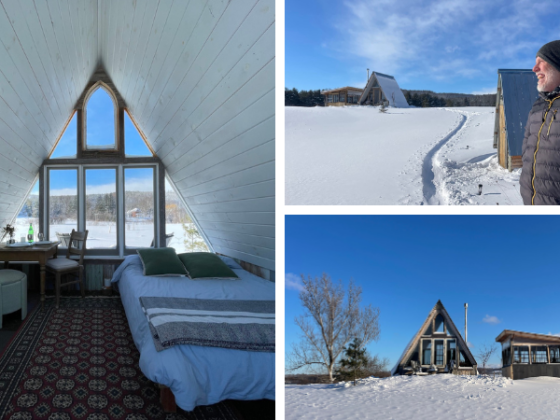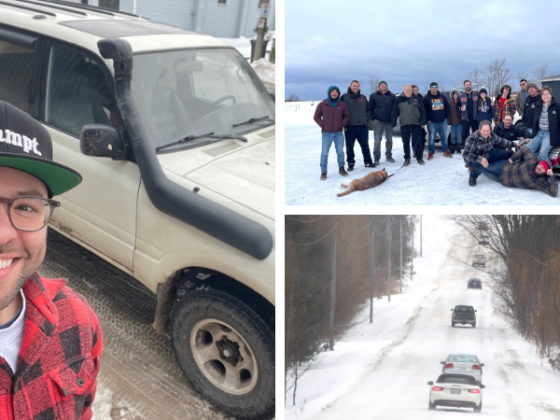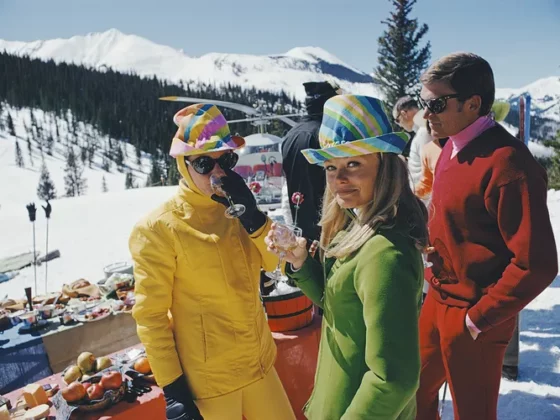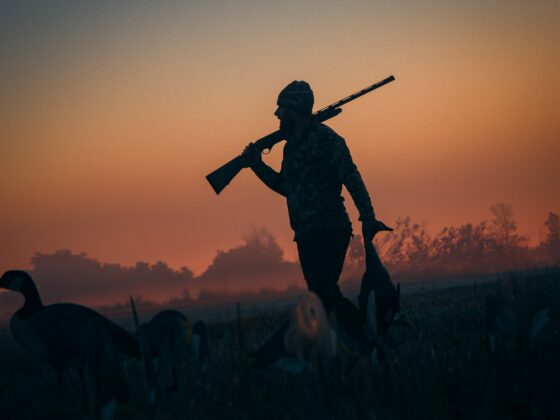In the spring of 2023, we let the grass in one section of our yard grow tall. The rest of the yard – the areas around the raised vegetable beds and the firepit and the section that is slowly turning to flower garden – stays trimmed. But this one space we let go wild. We call it the Prairie.
To begin with, it’s mostly rye grass and Kentucky blue grass, gradually growing higher. Then the nonnative naturalized plants establish themselves – delicate Queen Anne’s lace, proud stalks of mullein, chicory with blossoms that dot the prairie with pale blue in the morning and disappear in the heat of the afternoon. By midsummer, the native plants are coming in: goldenrod, aster, milkweed, low-lying marshmallow with its tiny butter-coloured trumpets, wild strawberry that creeps unobtrusively below everything else.
Once the plants are there, it’s only a matter of time before the animals follow. Our tiny prairie becomes a thriving ecosystem, humming with life. We catch sight of goldfinches dipping and diving in pairs among the flowers, of ponderous bumblebees and jewel-bright dragonflies, moths and butterflies of every description, shy hummingbirds and bold robins that build their nests and raise their young before our eyes, rabbits that hide in the tangle of growth, frogs and toads and shrews and mourning doves that call plaintively above the bustle.
It’s divine, and we are its curators. Every couple of weeks we mow just the edge, all the way around, so dogs who walk by will have a place to stop and sniff. We assume everyone can see what we see: life thriving as it should be.
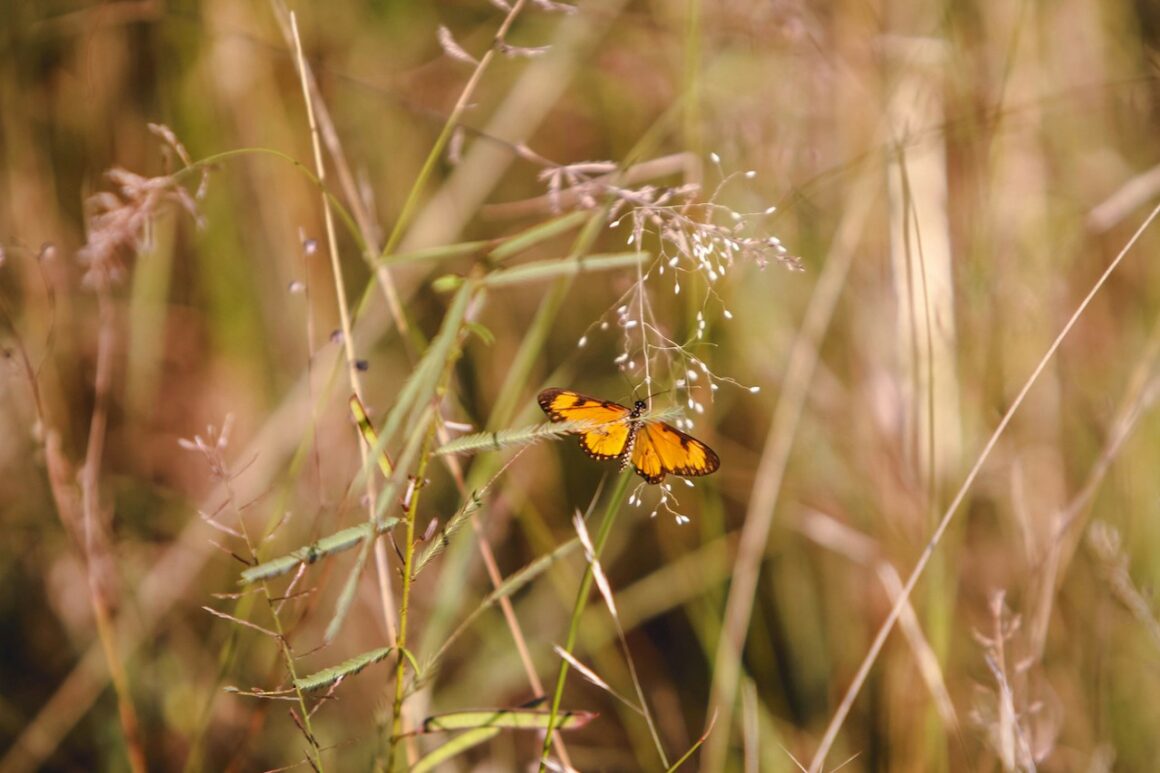
But one afternoon we get a visit from a Georgian Bluffs bylaw officer. There’s been a complaint. The Prairie has been deemed unkempt and “messy” and we must cut it down to eight inches or less, or face a fine.
I think to fight it, but I don’t have the energy that week, and so I go out and destroy it. It’s like a frightening scene from a Disney movie: Rabbits flee, birds take flight, underground nests of bumblebees rumble their disapproval. We see no more finches or hummingbirds that year. The toads are gone. The rabbits leave, one of them losing an ear from the mower, to my shock. The robins don’t return. The butterflies find other places to feed, and the dragonflies diminish.
The bylaw that has been enforced falls under property maintenance and it states that: “Every owner…shall cut grass, weeds or noxious weeds or brush that has reached heights in excess of 20cm. (8 inches).” It goes on to define noxious weeds, but not grass, weeds, or brush.
We are left with a burning question: Why is this policy, in a world plagued by habitat loss, still being enforced?
We keep the Prairie short for the rest of the year, but I stay angry. I watch my neighbour spray Round-Up onto his short lawn. I hear rumours of beekeepers on Manitoulin Island whose hives all died, laced with the very same chemical. I observe the part of my yard that I’m turning from lawn to wildflower garden, and I see how full of pollinators it is. I’m left to wonder: Have I just planted all the right things, or is it that there’s so few spaces for them to go?
I think of the bylaw – of “weeds” – and wonder who is responsible for deciding what that means. Is goldenrod, an essential late-season food for pollinators, a weed? Is milkweed, the only host of the young of the once-endangered monarch butterfly, similarly viewed? What of blazing star, nodding onion, oxeye, and columbine, all pretty to look at but growing without permission? What of sweetgrass and other medicines sacred to the peoples who first called the Saugeen Bruce home?
In late winter 2024, I send an email to the mayor of Georgian Bluffs, Sue Carleton. I tell her the Prairie will be growing tall again before long, and that this time, I wouldn’t be cutting it down. I ask her to review the bylaws, these relics of monoculture, that uphold the Short Green Lawn as the pinnacle of natural aesthetic. I hear back almost at once that she would bring my questions to council. About a month later, upon following up, Carleton tells me, “There is definitely interest in supporting this type of lawn” and promises further updates.
A couple of weeks later, she reaches out again. Her staff are reviewing policies, she says, with the additional goal of rolling out signs next year for No Mow May.
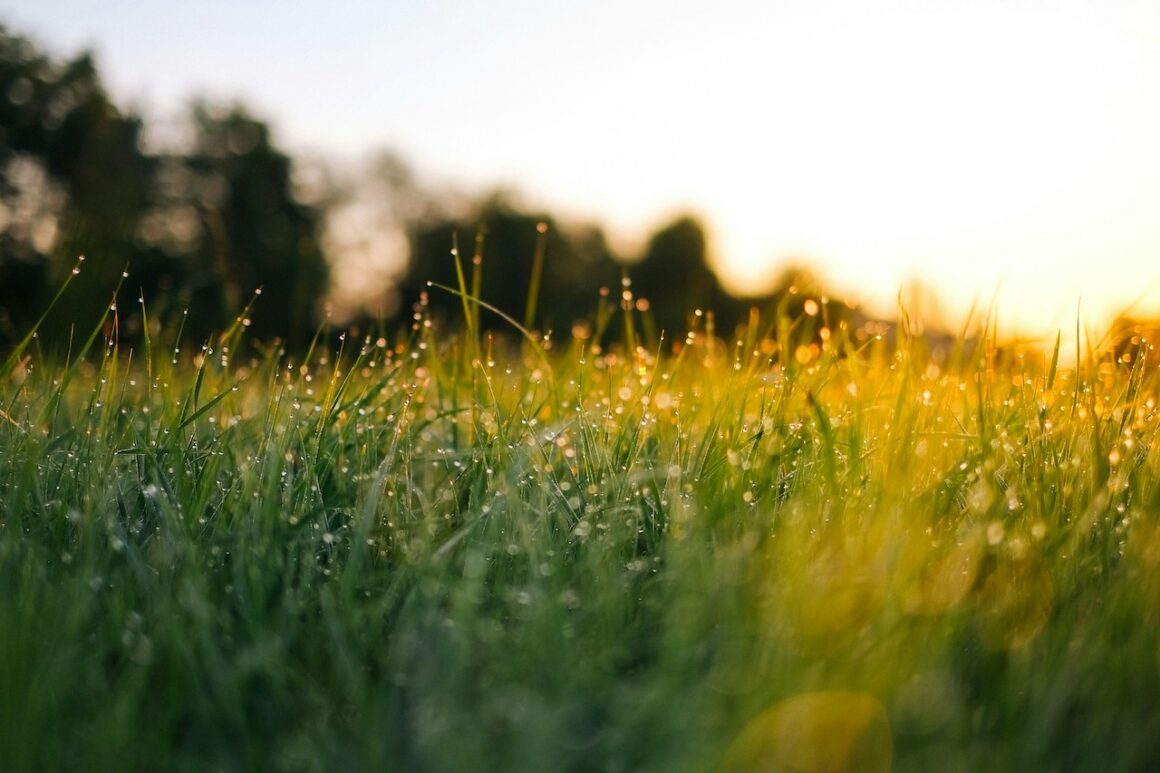
“We are aware and are working on it,” she writes. “Everything moves slowly in municipal politics.”
Unfortunately, things don’t move so slowly with bylaw officers, and at the beginning of June, we get a visit. A neighbour has complained about our unsightly yard and we are instructed to cut it down. I reach out to the mayor again, explaining that we have a deadline now. My message is redirected to the Chief Administrative Officer of Georgian Bluffs, Niall Lobley. Lobley, for his part, writes that he, too, supports the idea of green spaces, but suggests that the regular cutting of lawns mimics grazing activities. (The idea that a handful of deer and rabbits would be so thorough in trimming a greenspace makes me laugh humourlessly.) Lobley says we must cut the Prairie by the end of the month.
I ignore the order. Instead, I continue to plant native species: golden Alexander, prairie smoke, blue eye grass.
The fight is not over. Even if the town comes and mows it all, chases away the animals, slices down the sweetgrass and milkweed, it will come back. It lives here, as we do.
It’s nearly summer now, and the Prairie is growing. It’s thriving. And that bylaw officer was right. It is a mess, like the wetlands around Shallow Lake where we live, like the woods that creep north on the Peninsula. It’s a disorganized feast for the senses, a cacophony of buzzing and humming and birdsong, a clamour of colour. I watch the sun go down on this little corner of diversity, watch the light flash on dragonfly wings, hear the frogs begin their chorus, and I hope for more messes like this one.
Written by Caeli Mazara

